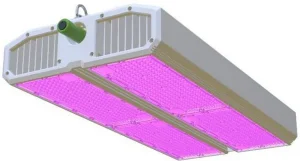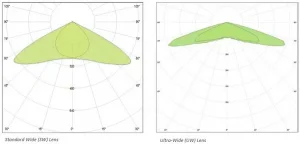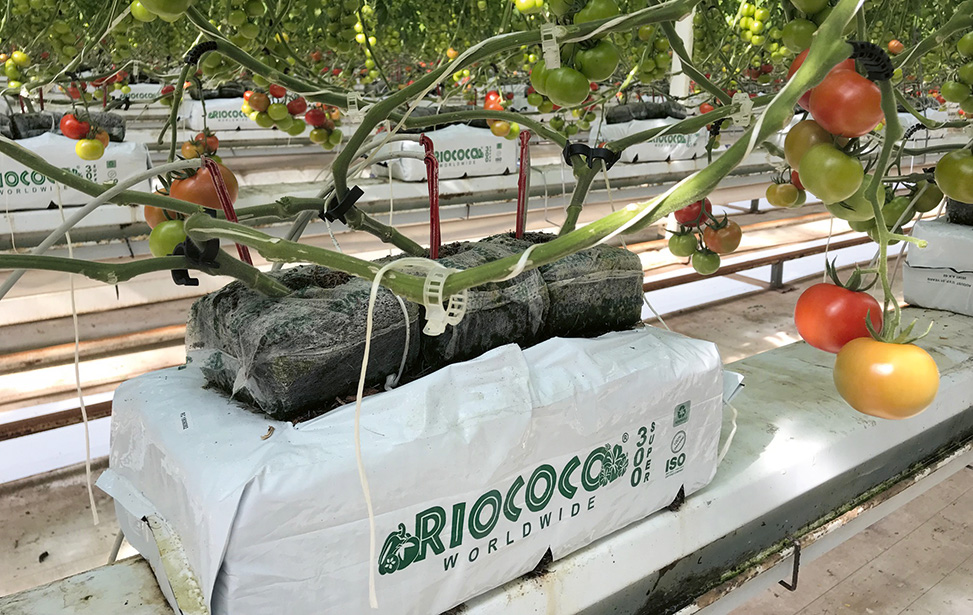P.L. Light Systems, a pioneer in horticultural lighting, has expanded its LED product portfolio with the introduction of the ParFX™ Ultra and TriPlane™ Linear luminaires. Their latest innovation, the ParFX BalensBeam, is engineered to deliver optimal light intensity and uniformity, catering specifically to tall (high-wire) crops and applications with limited mounting heights.
Advanced Lighting for Enhanced Greenhouse Productivity
The ParFX BalensBeam is designed with a linear form factor that fits snugly beneath tracks or trusses, minimizing crop shadowing. This lighting solution provides a light output of ≤ 830 μmol/s and an efficacy of ≤ 3.6 μmol/J. The product is available in three spectral recipes: R90:W5, R79:W8:B5, and R95, ensuring tailored solutions for various crop needs.
Todd Phillips, President of P.L. Light Systems, explains, “The BalensBeam was engineered to deliver seamlessly uniform light distribution across, and deep within, the crop canopy. The luminaires are designed to snap together through a simple, but highly secure, mechanical connection to produce continuous, uninterrupted light distribution across the full length of the installation—without any risk of the luminaires bowing at the connection points.”

Efficient and Cost-Effective Installation
The luminaire’s plug-and-play installation reduces wiring and installation costs. Its robust construction ensures years of reliable operation in Controlled Environment Agriculture (CEA) settings. Additionally, the secure Power Line Communication (PLC) dimming protocol enhances operational efficiencies, allowing for precise light control.
The new dual-channel ParFX™ Ultra Max model offers ultra-high light output of up to 4217 μmol/s, balancing power and precision. With two wirelessly controllable channels, growers can apply far-red light as needed for specific crops or growth stages, further optimizing plant development.
Optimized Light Distribution
The ParFX Ultra product range now includes a 150° Ultra-Wide lens option, alongside the original 125° Standard Wide lens. These lenses ensure optimized light distribution and uniformity, enabling wider row spacing and achieving target light levels with fewer luminaires. This efficiency translates to consistent crop growth and reduced operational costs.











